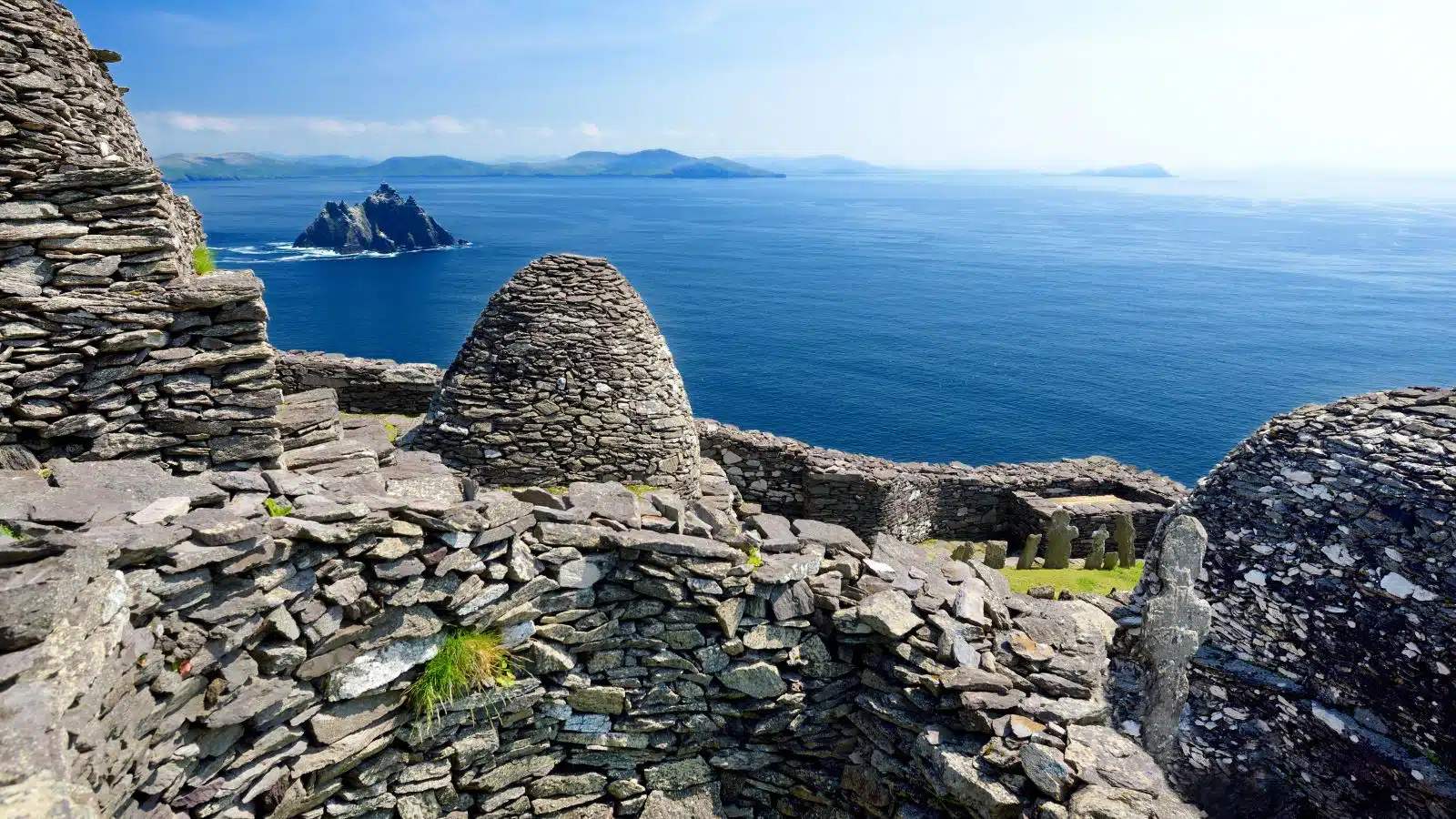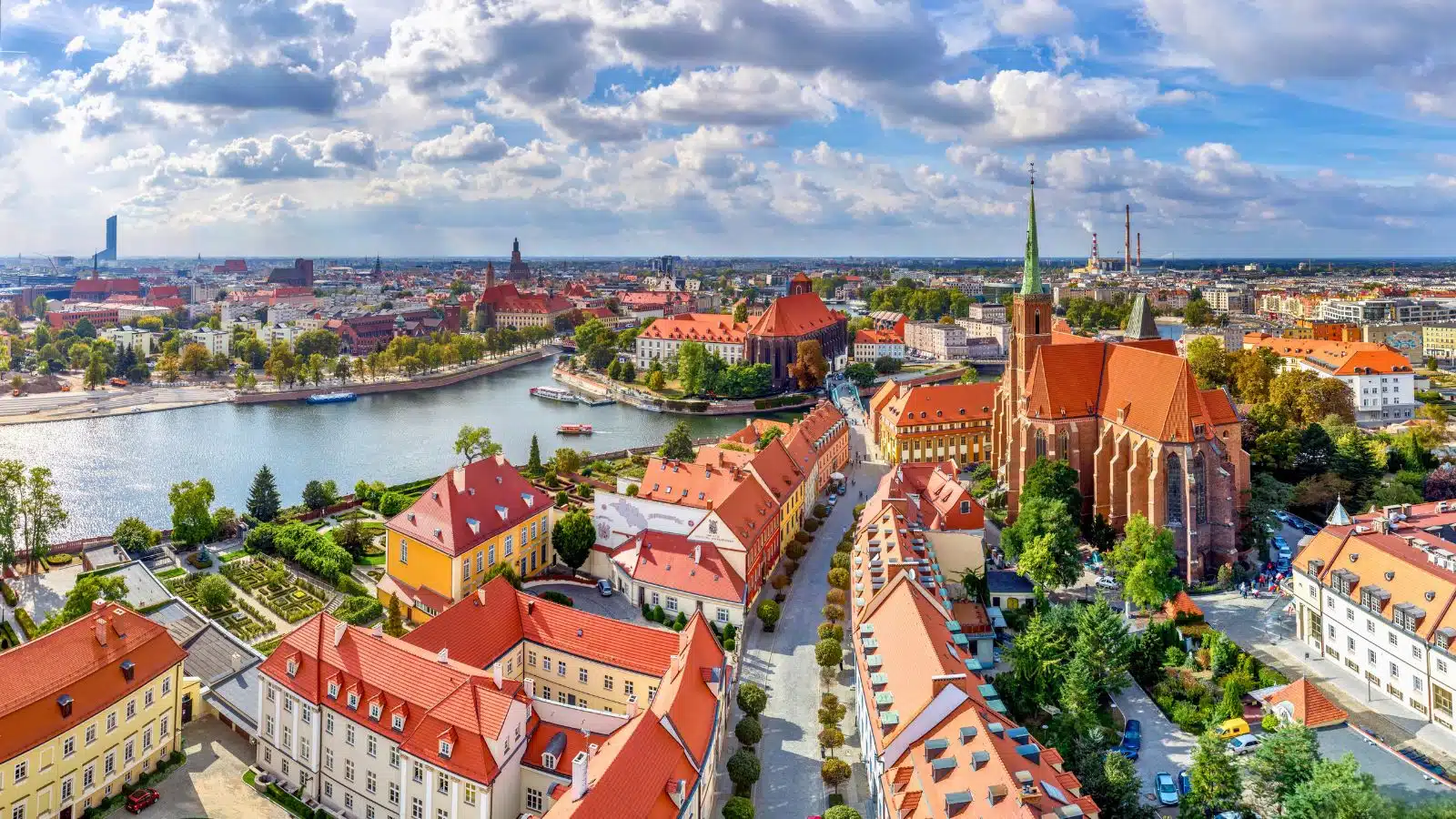From ancient ruins and medieval towns to noteworthy national parks, Europe is renowned for its UNESCO World Heritage Sites.
Hundreds of these historic and natural wonders exist across the continent. However, they’re not all made equal in terms of international acclaim! While some (like Stone Henge, the Eiffel Tower, or Rome’s historic center) enjoy global fame, others remain relatively unknown.
Today, I’m highlighting 12 of the most underrated. The following heritage sites rank among Europe’s obscurest, but you’ll be amazed by the beauty and intrigue each one possesses.
1. Archaeological Area of Agrigento, Italy

Athens meets Italy at this spectacular set of ancient ruins on the island of Sicily. While Agrigento is a modern city of around 60,000 people today, it dates to the 6th century BC, when the Greeks founded a colony here.
In ancient times, that original colony turned into one of the Mediterranean’s greatest metropoles, the remnants of which visitors can explore at the Valley of the Temples. It’s an appropriate name for a site strewn with incredible temple ruins that rival sites like the Parthenon in Athens.
2. Skellig Michael (Sceilg Mhichíl), Ireland

Skellig Michael is a rocky, windswept island with a unique monastic site on its summit called St. Fionan’s Monastery. It’s located a short boat ride away from the Iveragh Peninsula in County Kerry, Ireland.
Nobody knows for sure how old St. Fionan’s is, but there’s some suggestion it dates to the 6th century. Visitors to this wild and inaccessible place will enjoy breathtaking coastal views and see the distinctive beehive-shaped stone buildings the monks inhabited.
3. Segovia Old Town and Its Roman Aqueduct, Spain

This historic city in central Spain has royal palaces, an 11th-century castle (Alcázar), a 16th-century Gothic cathedral, Romanesque churches, medieval walls, and a staggering aqueduct built in the 1st century AD.
While Segovia’s entire Old Town is a history buff’s dream, its Roman aqueduct takes center stage. This remarkable feat of ancient engineering is huge, incredibly well-preserved, and sections remain in use even today.
4. Roman Theater of Orange, France

Welcome to Europe’s best-preserved Roman theater. Built early in the 1st century AD under Emperor Augustus, this enormous space in the Rhone Valley would have entertained up to 9,000 spectators at a time. Its façade is 37 meters high and over 100 meters long.
This isn’t Orange’s only ancient attraction, either. Nearby is the Triumphal Arch, which dates to the same time period.
5. Heart of Neolithic Orkney, Scotland

The Orkney Islands are located roughly 20 miles off the north coast of Scotland. They’re isolated, wild, and windswept and home to a collection of 5000-year-old attractions of international significance.
Known collectively as the Heart of Neolithic Orkney, the UNESCO World Heritage Location comprises two ceremonial stone circles, the Maeshowe chambered tomb and the unique settlement of Skara Brae, pictured above.
6. Castles and Town Walls of King Edwards in Gwynedd, Wales

North Wales is a stunning part of the United Kingdom famous for its mountainous landscapes and wild coastal beauty. It’s also home to a quartet of spectacularly well-preserved castles dating from the late 13th to the early 14th century.
The military strongholds of Beaumaris, Conwy (seen above), Caernarfon, and Harlech Castle seem stuck in a time warp. Epic fortifications with mighty walls and towers, it’s like they’ve been plucked from the pages of a fairytale.
7. Meteora, Greece

With sandstone towers rising like calloused fingers hundreds of meters from the ground below, Meteora’s landscape alone is worthy of admiration. However, the real magic happens at the towers’ summits.
Go there to explore incredible 14th-century monasteries clinging to the clifftops. Despite the attention from tourists, six of them remain active. The setting, architecture, and panoramic views are all unforgettable.
8. Historical Complex of Split, Croatia

Croatia’s natural beauty is second only to its historic and cultural appeal. This small country is full of UNESCO sites, but you’ll find one of its most noteworthy in Split. Diocletian’s Palace is over 1,700 years old, stretches across seven acres, and comprises immense walls, towers, and gates.
Built by Emperor Diocletian as his place of retirement, it’s one of the biggest and best-preserved Roman palaces on the planet.
9. Historic Centre of Évora, Portugal

Located at the confluence of three rivers, Évora is a strategically located city with Celtic roots and Roman ruins. Once the home of Portuguese kings, the history here is tangible.
Alongside ancient Roman temples, you’ll enjoy defensive walls, a 13th-century cathedral, royal palaces, and medieval streets lined with whitewashed houses.
10. Lake Ohrid, North Macedonia and Albania

The mountainous border between Albania and Macedonia is home to the oldest lake in Europe. Lake Ohrid is thought to have existed for two to three million years, yet its age isn’t its only claim to fame.
Lake Ohrid is also renowned for its incredible biodiversity, and the eponymous town on its northeast shore is one of Europe’s oldest settlements. Its historic buildings, winding cobbled streets, and striking architecture are a testament to its rich past.
11. Białowieża Forest, Poland

Once upon a time, a vast primeval forest extended across the European Plain. Nowadays, only pockets of it remain in its natural state.
Located right on the Belarus border in Poland, Białowieża Forest is one of the largest. It boasts remarkable biodiversity, with more than 250 types of birds and 59 different mammals calling it home, including wolves and European bison.
12. Canal du Midi, France

Known originally as the Canal Royal en Languedoc (the Royal Canal in Languedoc), this 150-mile-long canal in southern France is considered one of the greatest engineering feats of the 17th century.
Connecting to the Canal de Garonne, it is one-half of the Canal des Deux Mers (Canal of the Two Seas), which links the Mediterranean Sea with the Atlantic Ocean.
MORE ARTICLES LIKE THIS COMING UP:
Europe’s 15 Most Beautiful Cities to Visit in Your Lifetime

European cities have history, charm, and aesthetic appeal. Here are 15 particularly beautiful examples that everyone should visit at least once!
EUROPE’S 15 MOST BEAUTIFUL CITIES TO VISIT IN YOUR LIFETIME
These 12 Stunning Destinations Are Criminally Underrated

Some of the world’s best travel destinations fly under the radar. Here are 12 such places that deserve more attention from tourists.